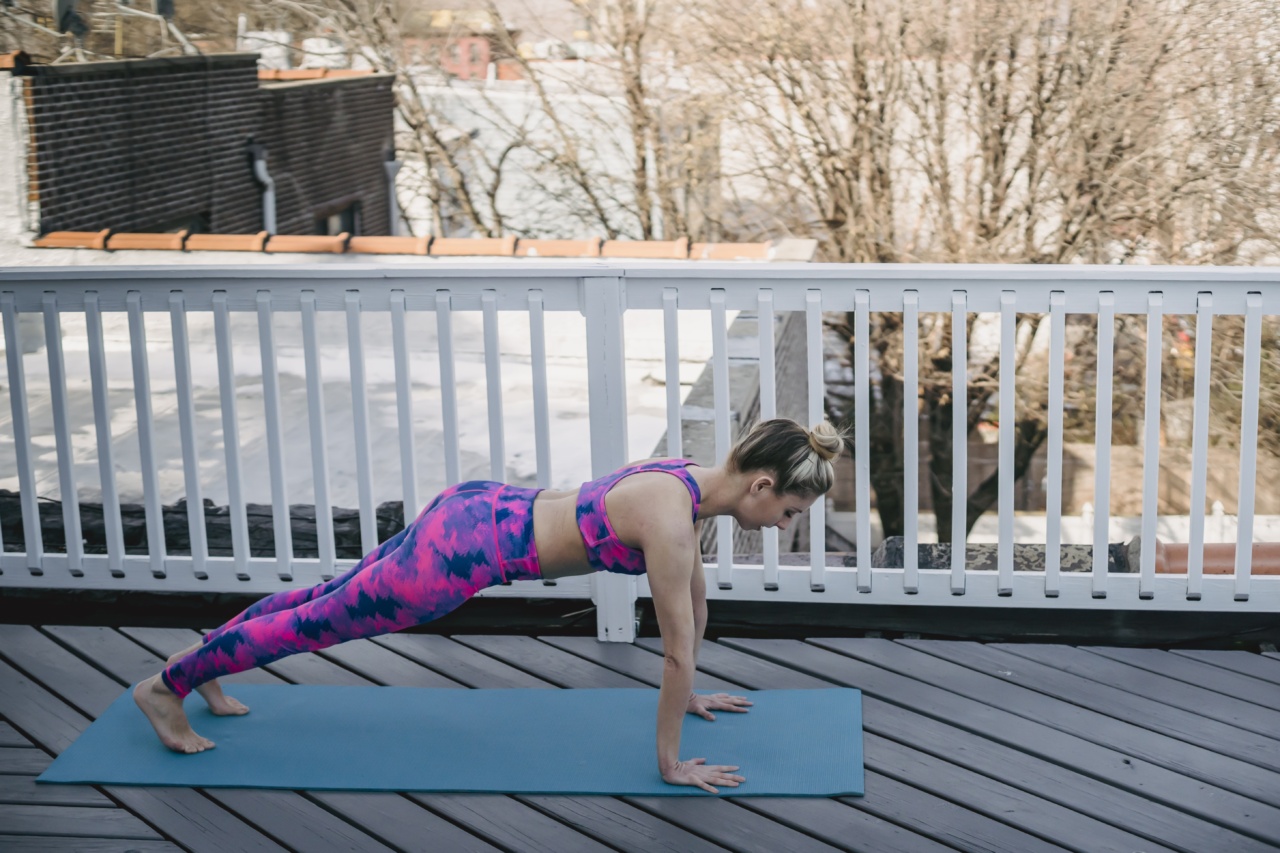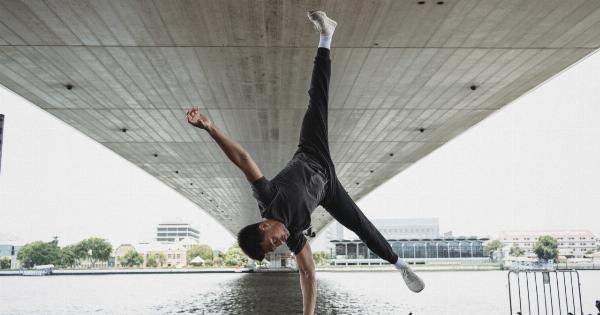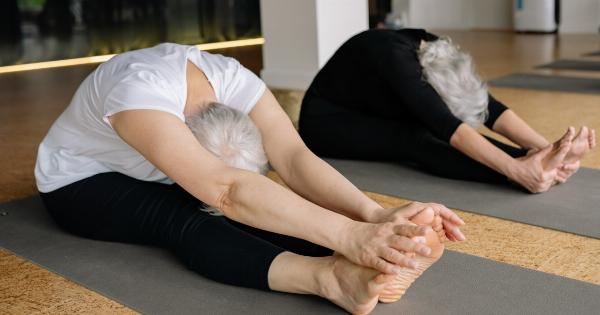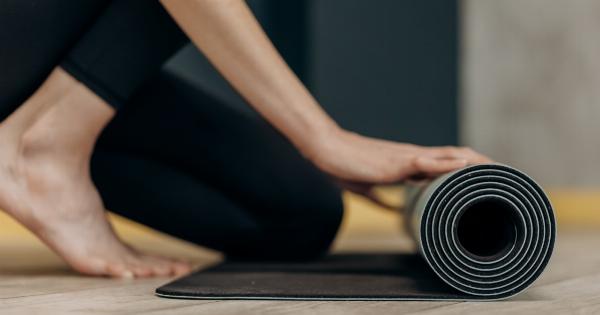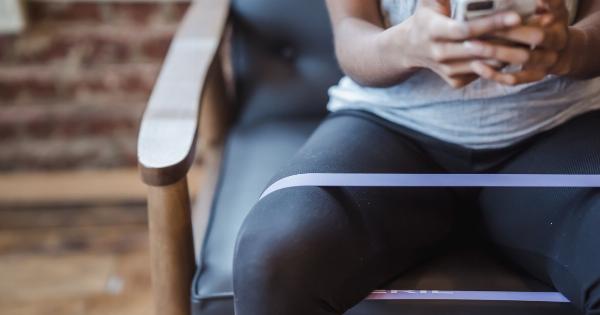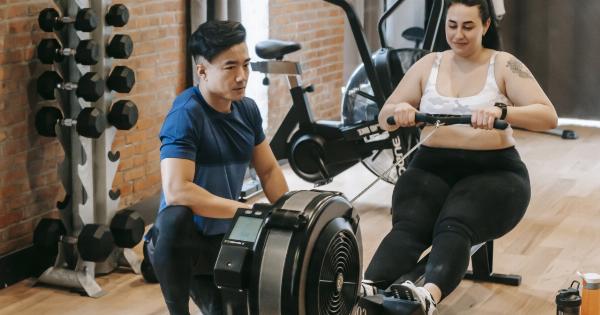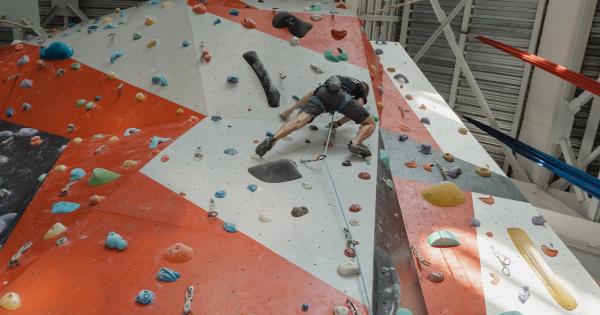Your core is more than just your abdominals – it includes a complex group of muscles that support your spine, pelvis, and hips.
Having a strong core is not only essential for maintaining good posture and preventing lower back pain, but it also improves balance, stability, and overall athletic performance. If you’re looking to strengthen your core quickly, here are three effective steps you can start incorporating into your fitness routine.
Step 1: Engage in Core-Specific Exercises
Engaging in core-specific exercises is key to building a strong core. Here are a few exercises you can try:.
1. Plank
This classic exercise targets multiple core muscles, including your rectus abdominis, internal obliques, and transverse abdominis. Start by getting into a push-up position with your forearms resting on the ground.
Keep your body in a straight line from your head to your heels and hold this position for as long as you can maintain proper form. Aim for at least 30 seconds to start and gradually increase the duration as you become stronger.
2. Russian Twists
Russian twists primarily target your obliques and help strengthen your rotational and lateral stability. Sit on the ground with your knees bent and your feet slightly elevated. Lean back slightly, engage your core, and lift your feet off the ground.
From this position, twist your torso from side to side, touching the ground on each side with your hands. Aim for 10-12 repetitions per set.
Step 2: Incorporate Compound Exercises
Compound exercises not only activate your core muscles but also engage multiple muscle groups simultaneously. This leads to greater overall strength and functional fitness. Here are a few compound exercises that also work your core:.
1. Deadlifts
Deadlifts primarily target your glutes, hamstrings, and lower back, but they also engage your core for stability and support. Start with your feet hip-width apart and a barbell in front of you.
Bend at the hips and knees, keeping your back straight, and grip the barbell with an overhand grip. Lift the barbell by driving through your heels, keeping your core tight, and standing tall. Lower the barbell back down to the floor in a controlled manner. Aim for 3 sets of 8-10 repetitions.
2. Overhead Press
The overhead press primarily targets your shoulders and triceps, but it also engages your core to maintain stability throughout the movement. Start by standing with your feet shoulder-width apart and a dumbbell in each hand.
Raise the dumbbells to shoulder height, palms facing forward. Press the dumbbells overhead until your arms are fully extended and then lower them back down to shoulder height. Aim for 3 sets of 8-10 repetitions.
Step 3: Focus on Stability Training
Stability training challenges your core muscles by creating an unstable environment. This forces your core muscles to work harder to maintain balance and control. Here are a couple of stability exercises to include in your routine:.
1. Swiss Ball Crunches
Swiss ball crunches add an element of instability to traditional crunches, targeting your rectus abdominis and deep core muscles. Start by lying back on a Swiss ball, with your lower back in contact with the ball and your feet flat on the ground.
Place your hands behind your head or across your chest and perform a crunch, lifting your upper body toward your thighs. Aim for 3 sets of 12-15 repetitions.
2. Single-Leg Balance
Single-leg balance exercises challenge your overall stability and core strength. Stand on one leg with your knee slightly bent and lift your other leg off the ground. Hold this position for as long as you can maintain proper form and then switch sides.
Aim to perform 3 sets of 30 seconds on each leg.
Incorporating these three steps into your fitness routine will help you develop a strong and stable core. Remember to start with exercises that match your fitness level and gradually increase intensity as you become more comfortable and stronger.
A strong core not only enhances your physical performance but also improves your overall well-being.
